A Beginner’s Guide to Heat Exchangers
A Beginner’s Guide to Heat Exchangers
Heat exchangers are crucial gadgets that play a significant part in different industrial processes, HVAC systems, and ordinary machines. This beginner’s direct points to demystify the essentials of heat exchangers, giving a clear understanding of their standards, sorts, and applications. Here we explore a beginner’s guide to heat exchangers :
1. What may be a Heat Exchanger?
At its center, a heat exchanger may be a gadget outlined to transfer thermal energy (heat) between two or more liquids, avoiding them from coming into coordinate contact.
2. Principles of Heat Transfer:
Heat exchangers work based on the standards of heat exchange, which incorporate conduction, convection, and radiation. Understanding these components is basic to get a handle on how warm is traded between liquids.
3. Types of Heat Exchangers:
Heat exchangers come in different plans, each suited to particular applications. The common types incorporate:
Shell and Tube Heat Exchangers: Highlighting tubes inside a round and hollow shell, these are flexible and broadly utilized.
Plate Heat Exchangers: Comprising of stacked plates for productive heat exchange in a compact space.
Finned Tube Heat Exchangers: Tubes with expanded surfaces (blades) for upgraded heat exchange proficiency.
4. How Do Heat Exchangers Work?
Heat exchangers encourage the exchange of thermal energy between liquids with diverse temperatures. The hot liquid loses heat, whereas the cold liquid picks up heat, driving to temperature equalization. The liquids stay physically isolated, avoiding blending.
5. Applications in Everyday life :
Heat exchangers are ubiquitous in existence . They are found in:
Refrigerators and Air Conditioners: Cooling systems utilize heat exchangers to evacuate heat from the refrigerant.
Car Radiators: Cooling the motor by exchanging heat from the coolant to the encompassing discuss.
Water Heaters: Transferring heat from a hot liquid to family water for residential utilize.
6. Industrial Applications:
In businesses, heat exchangers are indispensable for forms like:
Power Generation: Cooling steam in turbines to move forward proficiency.
Chemical Preparing: Controlling temperatures in reactors and refining columns.
Oil Refining: Cooling and condensing different oil streams for refining operations.
7. Counterflow vs. Parallel Flow:
Heat exchangers work in either counterflow or parallel stream arrangements. In counterflow, liquids move in inverse bearings, maximizing temperature distinction. In parallel flow, liquids move within the same heading, encouraging proficient heat transfer.
8. Materials Used in Heat Exchangers:
Heat exchangers are built from materials reasonable for particular applications. Common materials incorporate stainless steel, copper, aluminum, and different amalgams, chosen based on components like corrosion resistance and thermal conductivity.
9. Efficiency and Performance Factors:
The productivity of a heat exchanger is affected by components such as surface range, stream rates, liquid properties, and fouling. Plan contemplations, maintenance, and appropriate operation affect generally execution.
10. Maintenance and Cleaning:
Normal support is pivotal for optimal heat exchanger execution. Cleaning includes evacuating stores, scaling, or fouling to guarantee unrestricted heat exchange. The recurrence of support depends on the application and natural conditions.
11. Future Trends in Heat Exchanger Innovation:
Investigate developing patterns, counting smart heat exchangers with real time monitoring, progressed materials for progressed productivity, and developments contributing to supportability.
Understanding the essentials of heat exchangers gives a establishment for getting a handle on their different applications and centrality in different businesses. Whether in family machines or complex mechanical forms, heat exchangers play a crucial part in proficiently overseeing thermal energy.
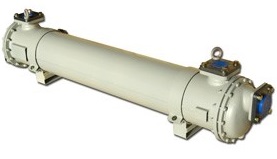


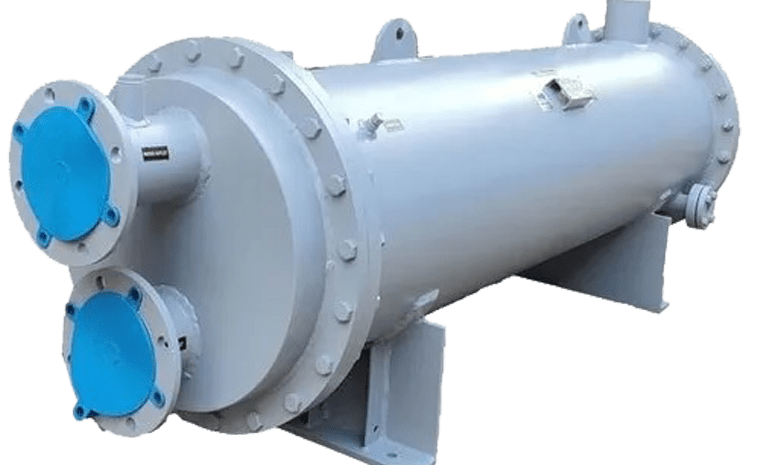
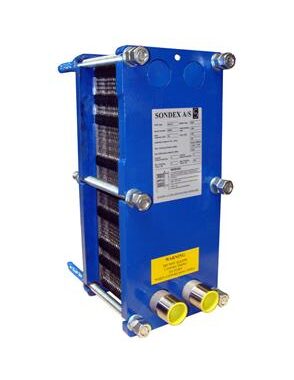
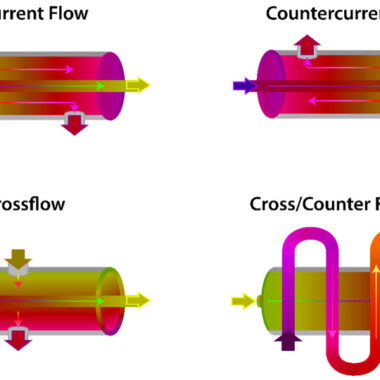
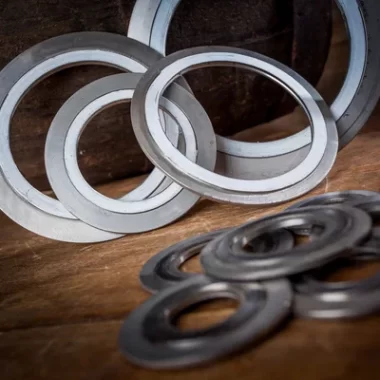
The Role of Heat Exchangers in Manufacturing - Cool Fab Equipments January 27, 2024 at 5:45 pm
[…] Heat exchangers play a urgent and multifaceted part within the perplexing scene of fabricating forms, contributing to productivity, accuracy, and supportability. These gadgets are necessarily components in different industrial applications, tending to basic thermal administration needs over different fabricating segments. […]
The Biggest Myths About Heat Exchangers Debunked - Cool Fab Equipments January 30, 2024 at 4:29 pm
[…] Heat exchangers, crucial components in different industrial, car, and HVAC systems, are some of the time covered in misconceptions. Let’s unravel the biggest myths about heat exchangers debunked : […]
The Environmental Impact of Heat Exchangers - Cool Fab Equipments February 02, 2024 at 5:15 pm
[…] on energy-efficient heat exchangers outlined to maximize thermal exchange whereas minimizing energy input. Standard maintenance and […]
Heat Exchanger Fouling : Causes and Prevention - Cool Fab Equipments April 18, 2024 at 11:42 pm
[…] Heat exchanger fouling alludes to the aggregation of undesirable stores on the heat exchange surfaces, which can essentially reduce heat transfer productivity and increment energy consumption. Understanding the causes of fouling and executing successful avoidance strategies are fundamental for maintaining optimal heat exchanger execution. Heat Exchanger Fouling : Causes and Prevention, Here’s a closer see at the causes of heat exchanger fouling and techniques to prevent it: […]